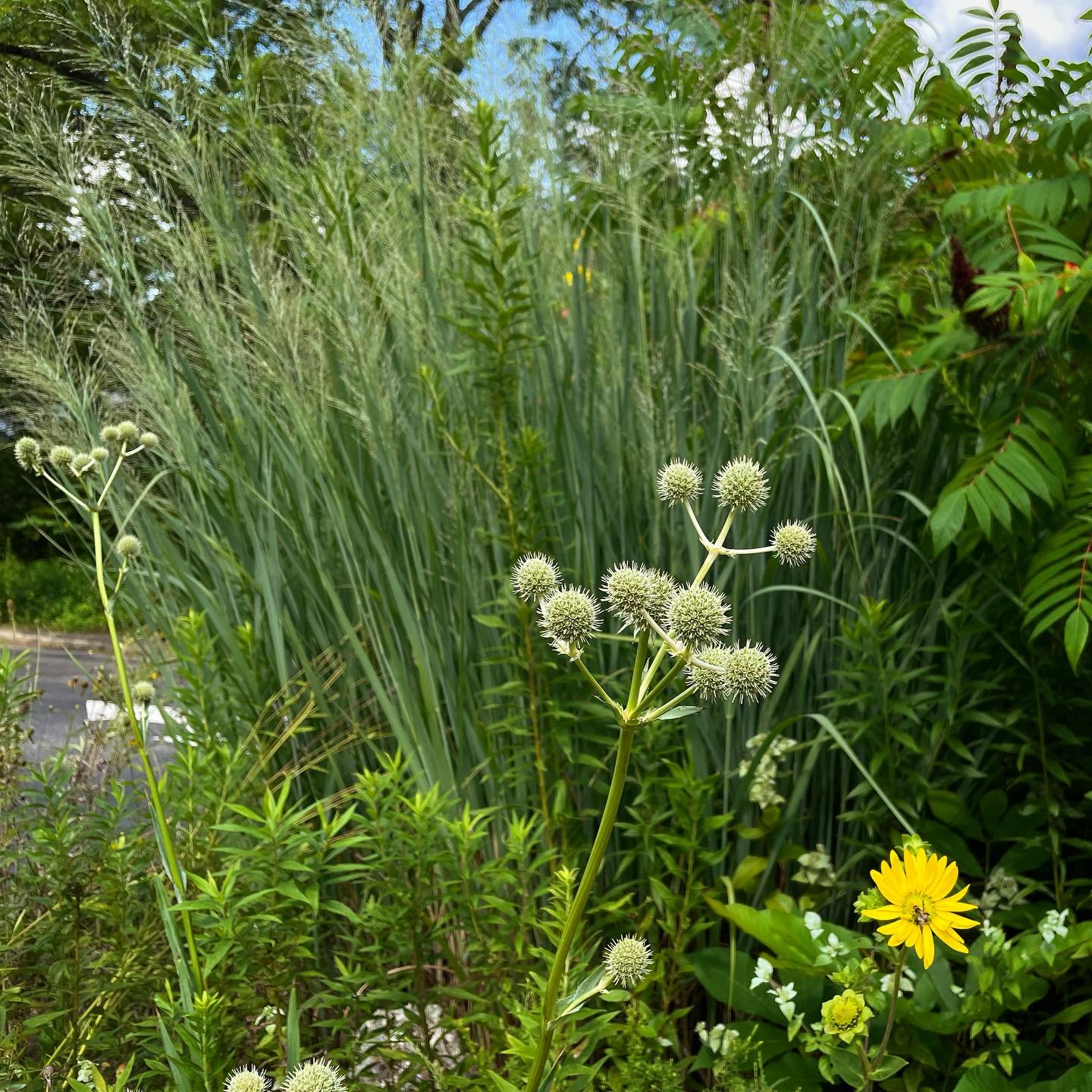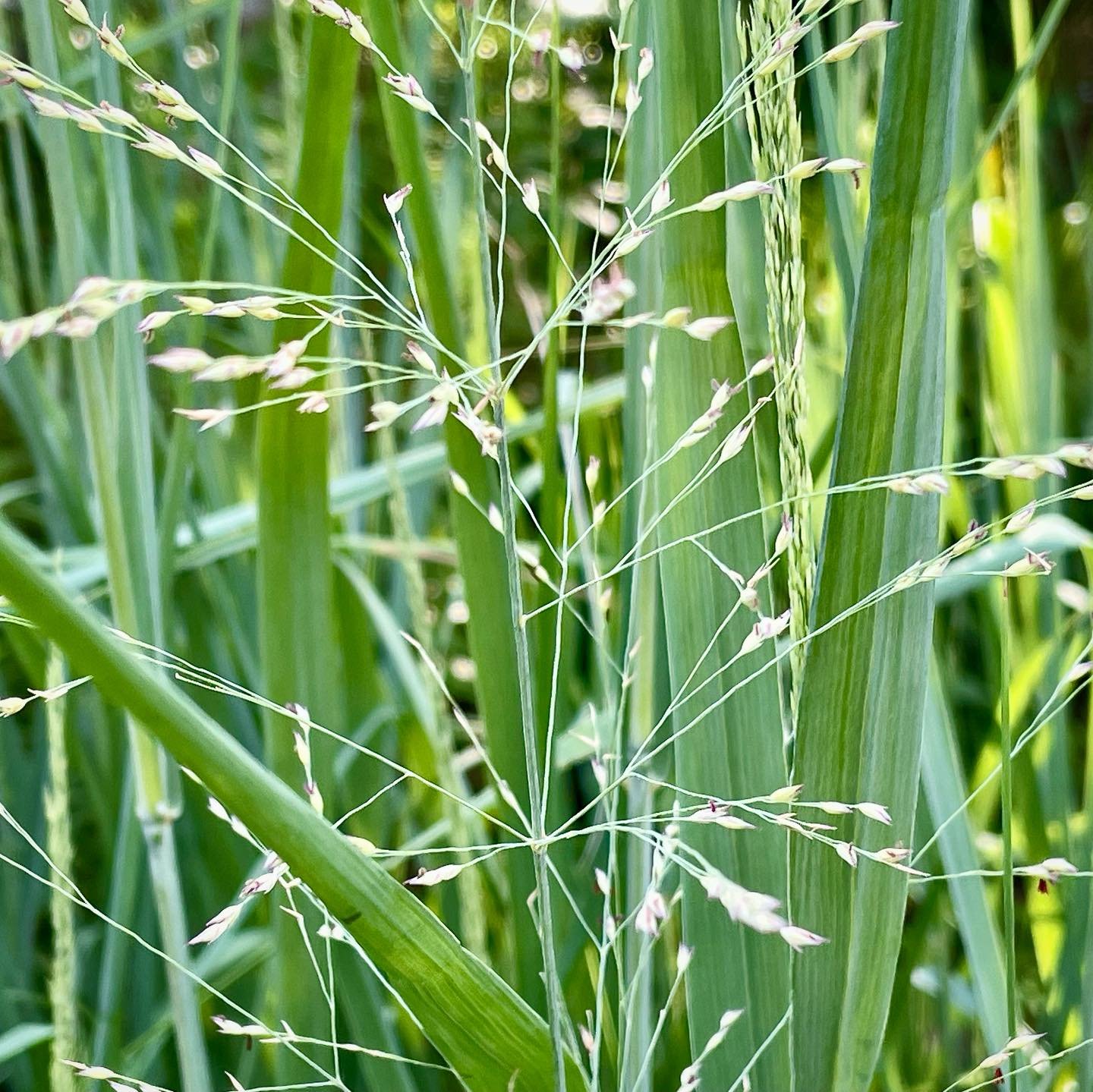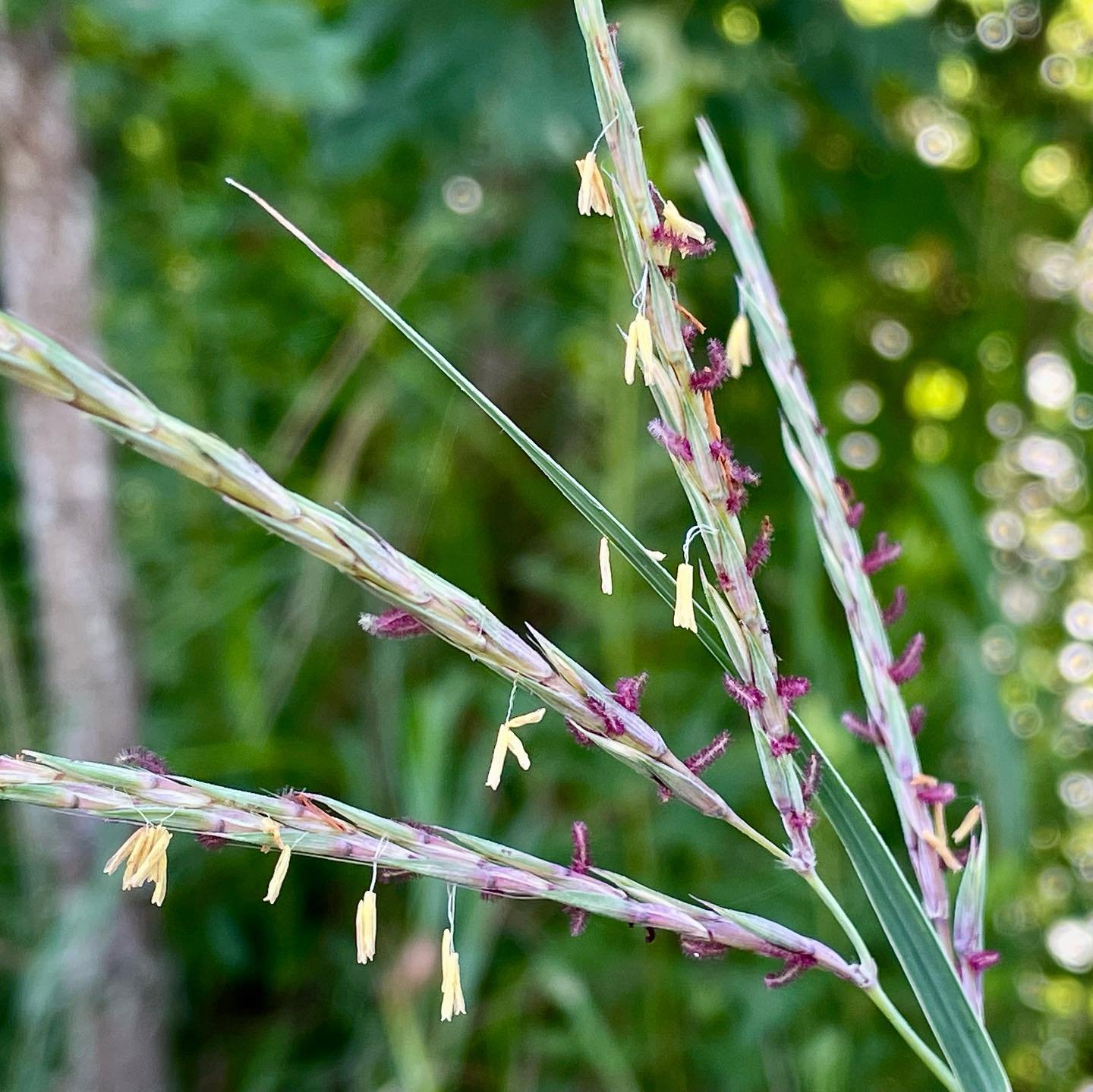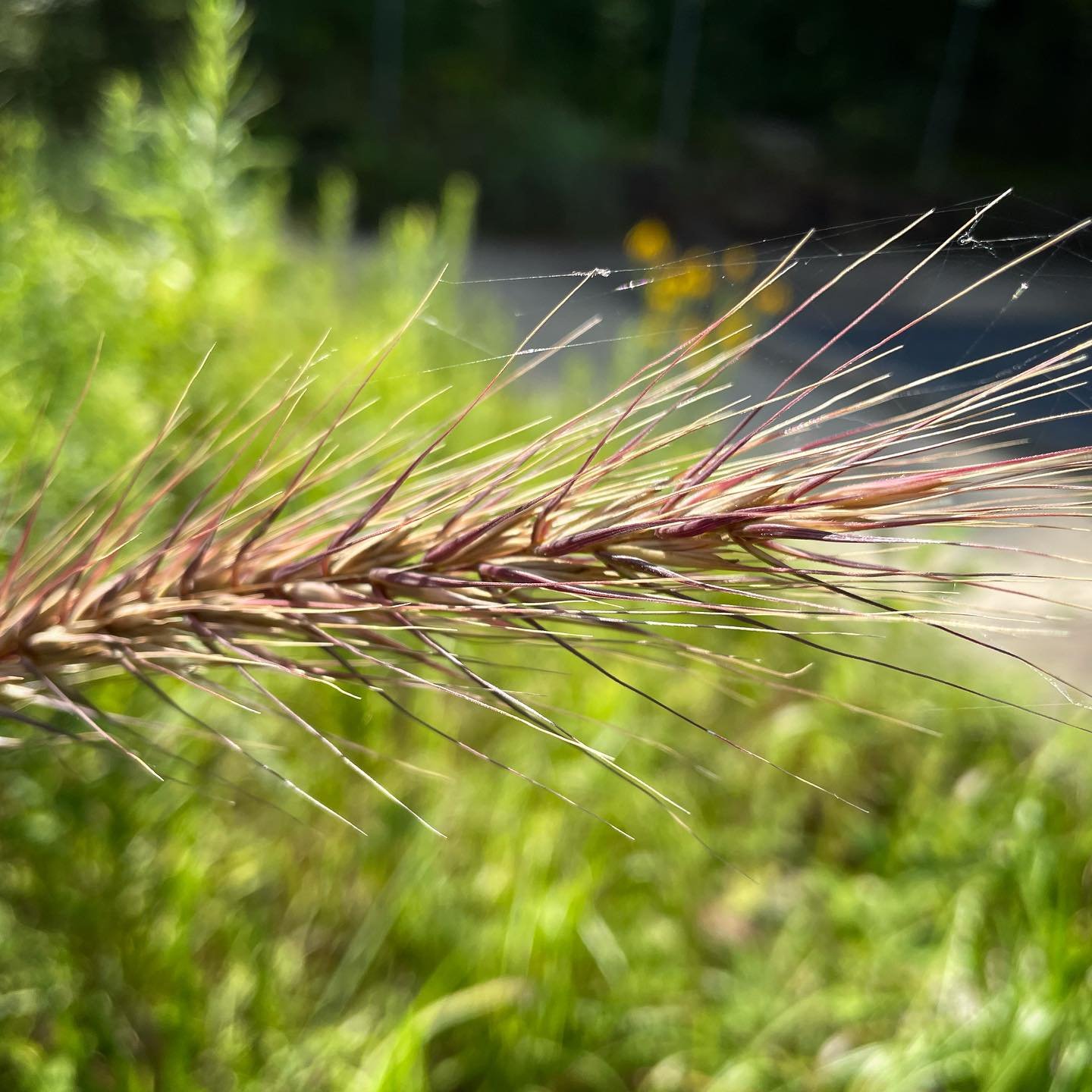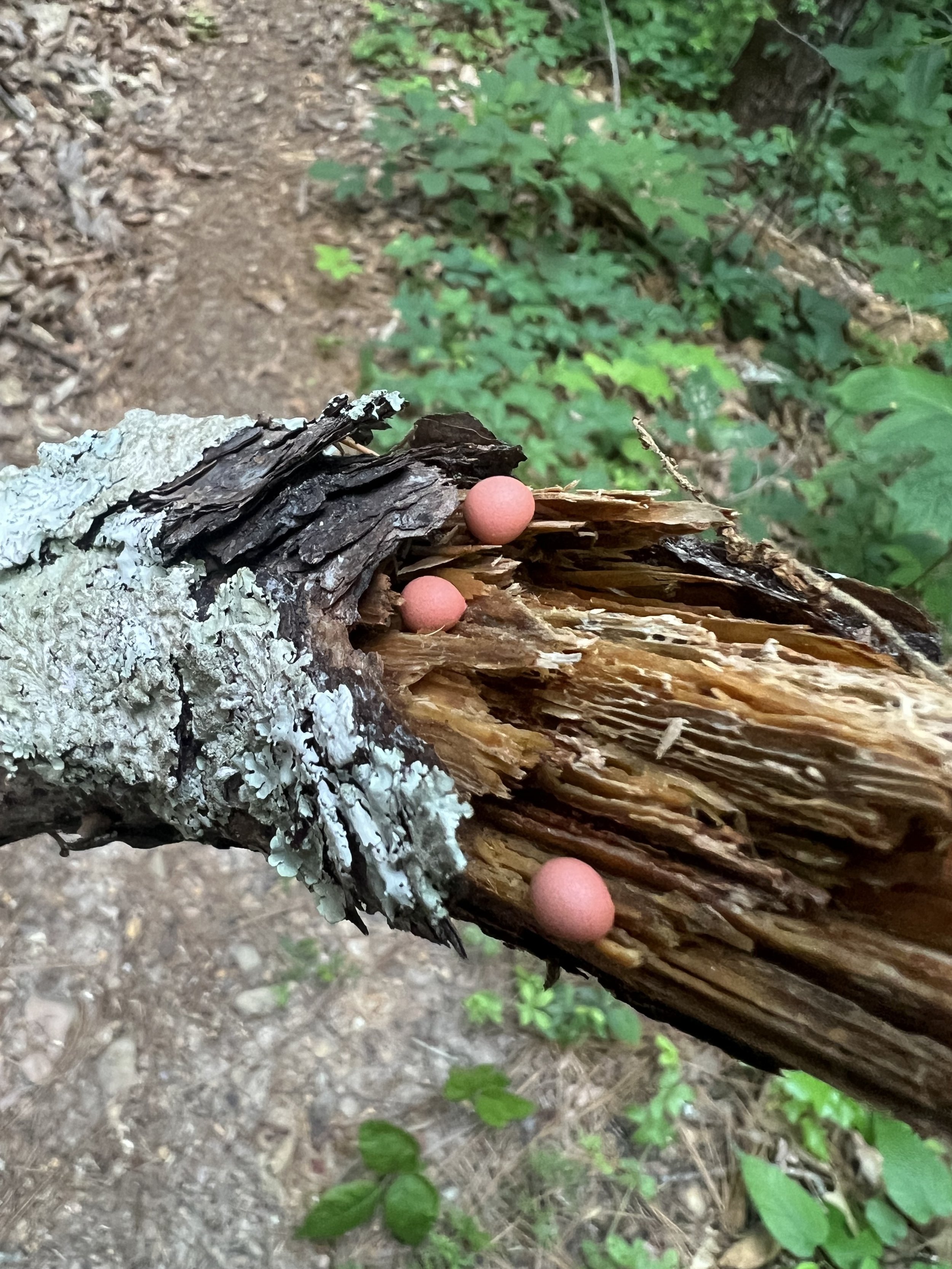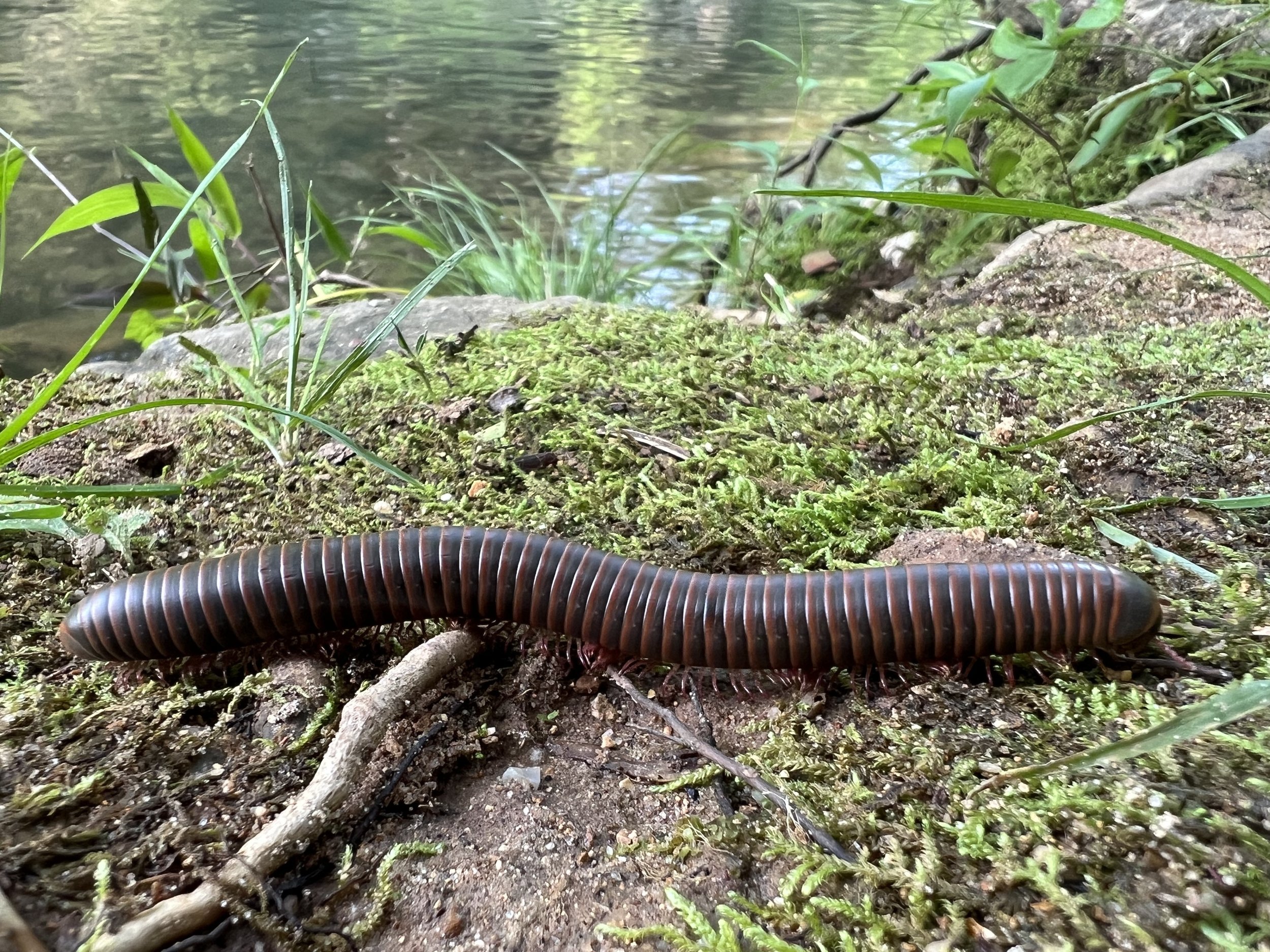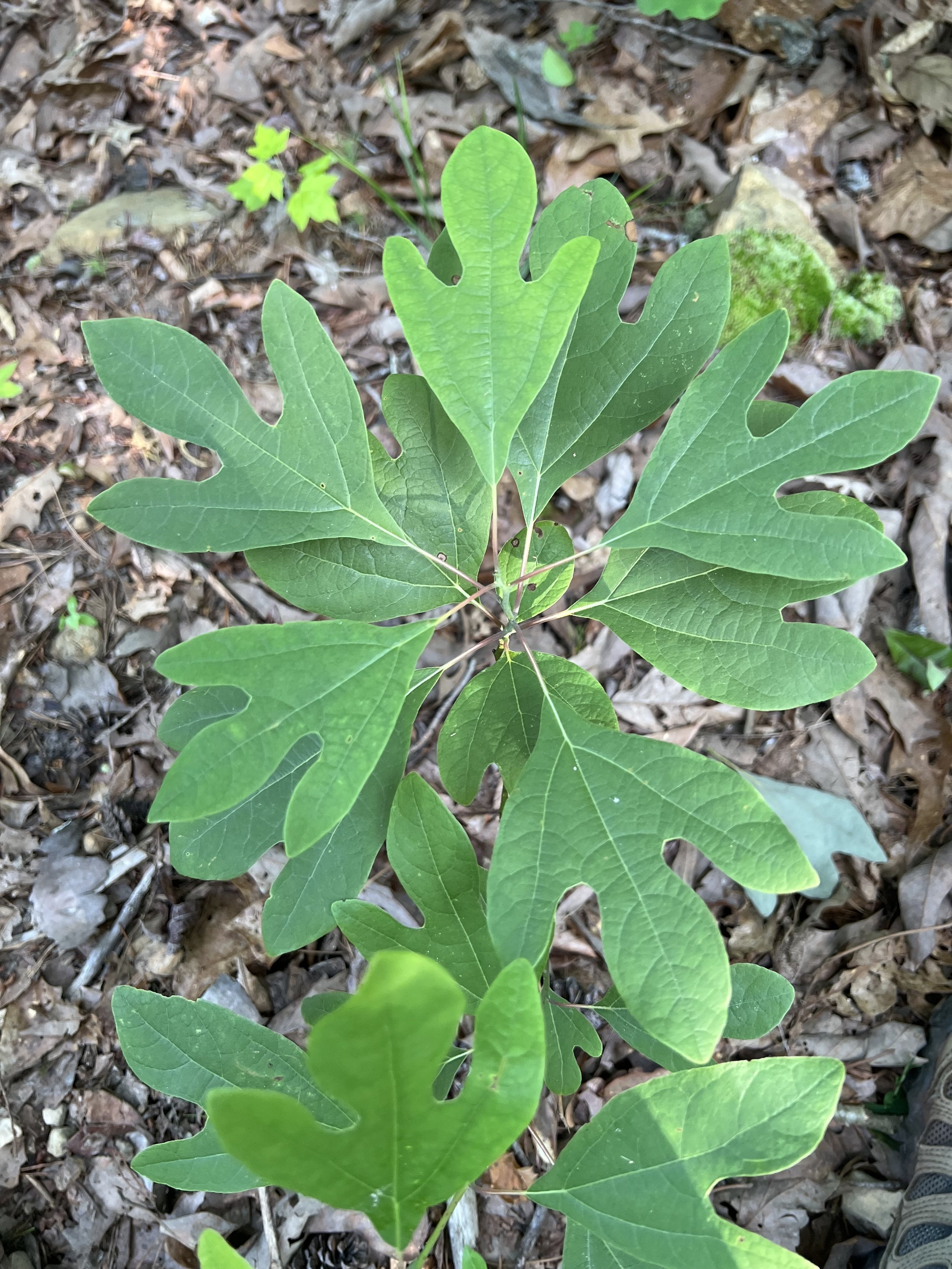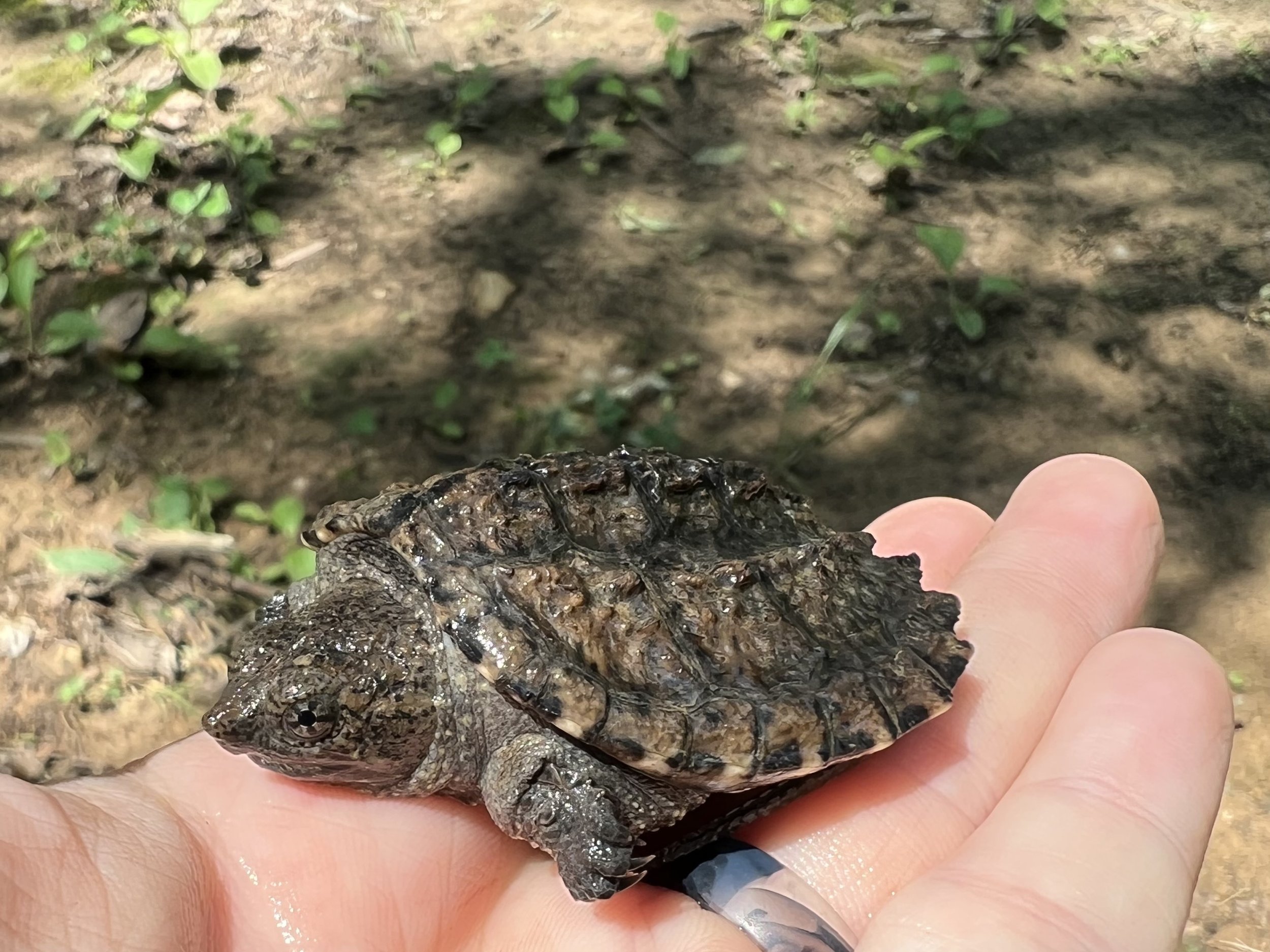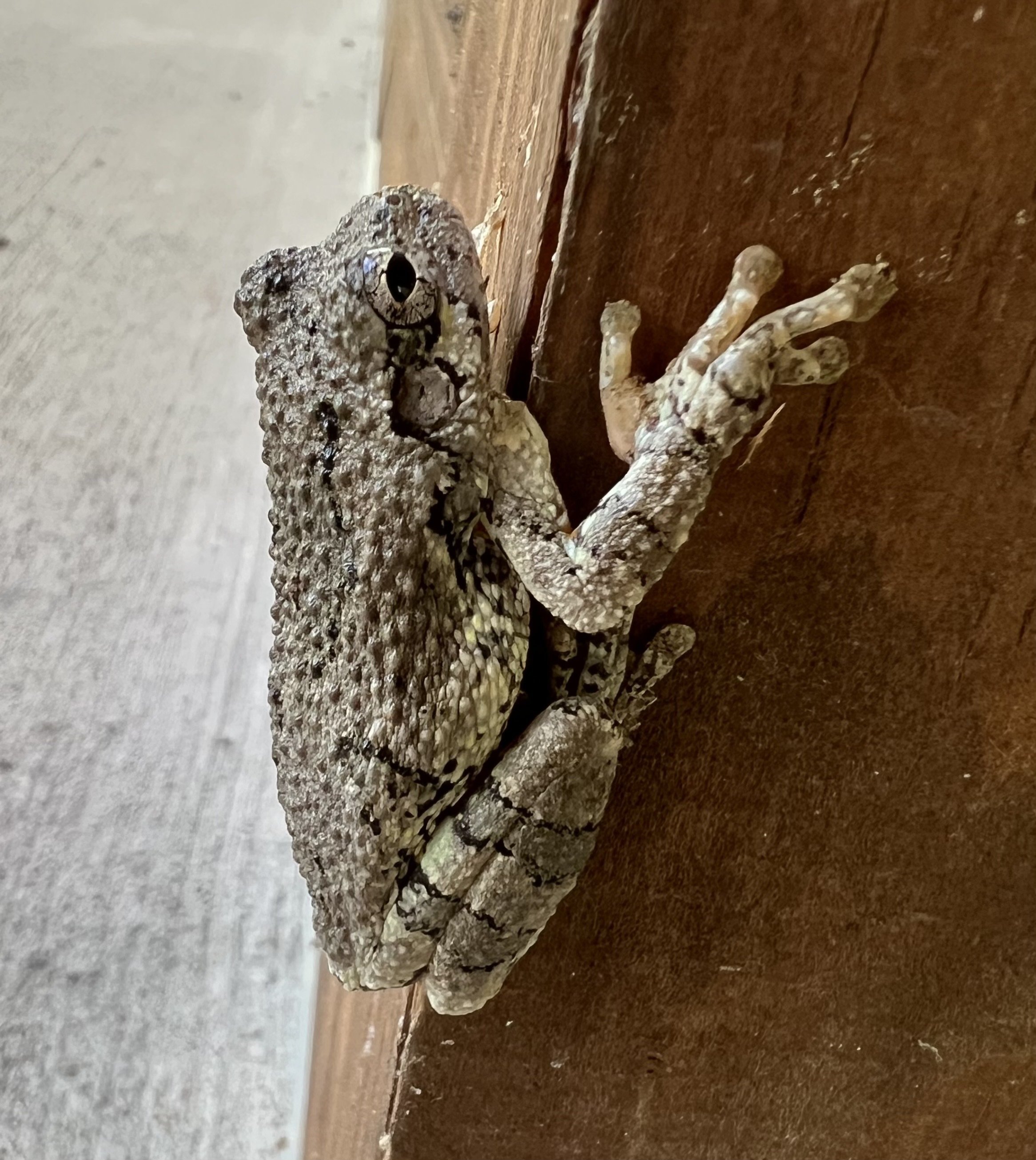Notes From The Field from Wildlife Care Naturalist, Emily Hutto:
My findings at Turkey Creek from this spring/summer—
1. Wolf's Milk!!!! Also called "Toothpaste Slime" — not actually a fungus but an amoeba! This pink blob is a fruiting body called an "aethalia" and is an aggregate of many single-celled amoeba individuals that come together to reproduce. They live on rotting logs. I was SO excited to find this!!!
2. A dead shrew that we found; genus Blarina. I'm pretty sure it's a Southern Short-Tailed Shrew. Moderate conservation concern in Alabama; a poorly-known species.
3. American Giant Millipede; genus Narceus. Millipedes are adorable and I love them and their tiny little coordinated feet.
4. I love the time of year when my favorite plant, Sassafras, emerges! The first Sassafras of the season that I saw. The original source of root beer (Sassafras albidum).
5. A Common Snapping Turtle (Chelydra serpentina) that we found while dip-netting for macro invertebrates. You're not a macro, silly little snapping turtle!
6. Cope's Gray Tree Frog (Hyla chrysoscelis) snooping on us at the Turkey Creek Pavilion.
7 & 8. A collection of macros that we found at Turkey Creek in April — crayfish, hellgrammites (dobsonfly nymph), and dragonfly nymph. Stella gets credit for finding the hellgrammites but I was super excited about them! They're definitely my favorite macro.



